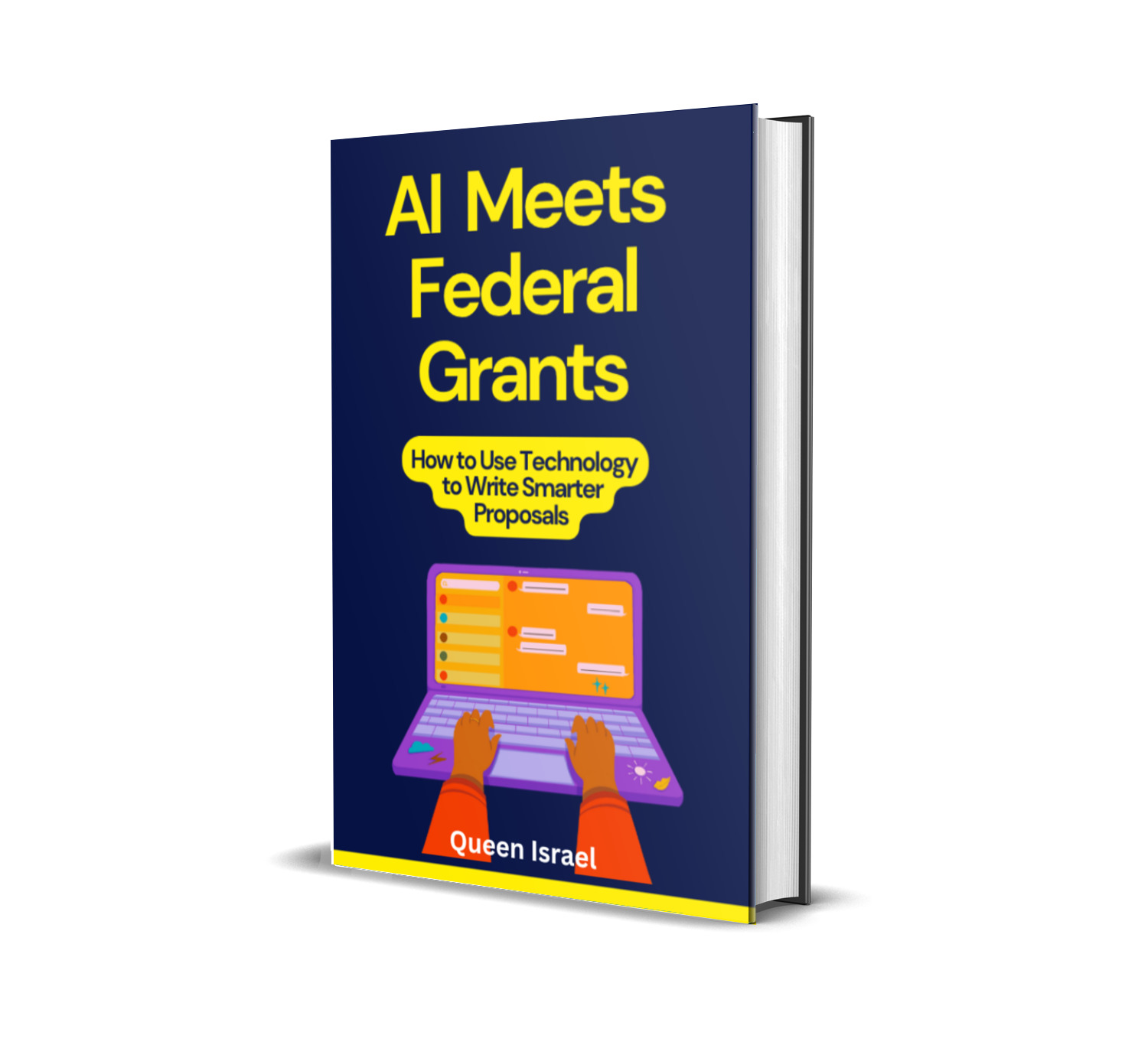In today’s world, unexpected hardships can strike anyone at any time. Whether it’s due to illness, loss of employment, natural disasters, or financial crises, it can be overwhelming to manage the situation. Fortunately, hardship funds for individuals offer crucial support to help people navigate these difficult periods.
These funds, often provided by government agencies, charities, non-profits, and even employers, are designed to help individuals stay afloat when life throws a curveball.
In this article, we’ll dive into the types of hardship funds available, how to apply for them, and the steps you can take to maximize your chances of receiving aid, along with some helpful statistics, data, and success stories.
What Are Hardship Funds?
Hardship funds are financial assistance programs that provide direct aid to individuals facing personal or financial difficulties. The goal of these funds is to offer relief during times of crisis or financial strain. These funds are not meant to solve all financial problems but provide a temporary cushion to help people get back on their feet.
Some common examples of hardship funds include:
- Emergency Assistance Grants: These are designed to provide short-term relief for urgent needs like food, housing, utilities, or medical bills.
- Unemployment Benefits: If you lose your job through no fault of your own, unemployment benefits can help you maintain financial stability until you find another job.
- Healthcare Assistance: Many hospitals and healthcare providers offer hardship programs that reduce or eliminate medical bills for low-income patients.
- Charity-Based Hardship Funds: Non-profit organizations often set up funds to support individuals facing particular crises, such as cancer patients, disaster survivors, or people experiencing homelessness.
Each of these funds plays a critical role in supporting those who find themselves in difficult circumstances. Understanding the full range of available resources can be a game-changer.
/>
Types of Hardship Funds You Can Access
Understanding the different types of hardship funds available is the first step in securing financial aid when you need it most. Let’s delve deeper into each category:
1. Government Hardship Assistance
Governments at the federal, state, and local levels often provide a variety of hardship funds to individuals who qualify. Here’s a closer look at some key government support programs:
- Supplemental Nutrition Assistance Program (SNAP): SNAP, commonly known as food stamps, provides monthly assistance for food purchases to low-income individuals and families. According to the USDA, in 2023, SNAP assisted over 42 million Americans, which shows its broad reach and significance in fighting hunger and food insecurity.
- Temporary Assistance for Needy Families (TANF): This program offers financial aid to low-income families with children, aiming to help them cover basic necessities like food, shelter, and clothing. Data from the U.S. Department of Health & Human Services (HHS) indicates that in 2022, TANF provided assistance to over 1.6 million families, reflecting its critical role in supporting vulnerable populations.
- Emergency Rental Assistance: In many areas, individuals struggling with rent payments due to hardship may qualify for rental assistance programs. For example, the Emergency Rental Assistance Program (ERAP) was established during the COVID-19 pandemic to aid millions of renters across the U.S. In its early phases, ERAP distributed over $25 billion to assist households facing eviction.
- Medicaid: For individuals facing financial hardships in paying medical bills, Medicaid offers healthcare coverage for low-income people, pregnant women, children, the elderly, and people with disabilities. According to the Kaiser Family Foundation, Medicaid accounted for nearly 18% of the U.S. GDP in 2021, highlighting its vast scope and essential nature.
2. Employer Hardship Funds
Many employers recognize the need to support their employees during challenging times. In response to the COVID-19 pandemic and other crises, numerous companies began offering hardship funds or emergency relief programs. These funds can provide much-needed assistance with:
- Rent or mortgage payments
- Utility bills
- Childcare expenses
- Emergency medical needs
- Travel expenses related to a family emergency
For instance, a survey by the Society for Human Resource Management (SHRM) in 2021 found that approximately 40% of large employers had instituted some form of employee emergency assistance fund during the pandemic. These resources often come in the form of one-time grants or interest-free loans, significantly easing the financial burden on employees.
3. Nonprofit and Charity-Based Funds
Numerous non-profit organizations and charitable foundations offer hardship funds to individuals in need. These organizations often have a more focused mandate and can provide targeted assistance. Here are some areas where they excel:
- Medical Assistance: Organizations like the American Cancer Society and Patient Advocate Foundation offer funds to cover medical bills, transportation costs for treatments, and other related expenses.
- Disaster Relief: Groups such as The Red Cross and Direct Relief mobilize quickly after natural disasters, setting up hardship funds to help survivors with immediate needs like shelter, food, and clothing. For example, after Hurricane Katrina, The Red Cross raised over $3 billion to support affected communities.
- Homelessness: Non-profits like Shelter from the Storm offer programs to assist those experiencing homelessness, including temporary housing, food services, and pathways to long-term support.
- Educational Support: Scholarships, school supplies, and tuition assistance programs for underprivileged children often come through charitable foundations and educational non-profits. The United Way and The Salvation Army, for example, have long been pillars in providing educational resources to low-income families.
4. Community-Based Assistance
Local community resources play a vital role in providing support through direct and personal connections. Community-based funds are usually smaller in scale but highly impactful due to their tailored approach. They often cover:
- Grocery assistance through food pantries
- Housing support such as rental or mortgage relief
- Utility bill assistance to avoid shut-offs
- Free clothing and household items
Community initiatives like these often rely on volunteers and donations. They can be a lifeline in rural areas or smaller communities where larger funds may not have as strong a presence. Many local churches, community centers, and grassroots organizations maintain databases of available resources and can provide not just financial help, but emotional and social support too.
5. Specialized Hardship Funds
Certain situations call for specialized funds tailored to unique circumstances. Here’s a more detailed look at a few specific areas:
- Cancer Patients: For those battling cancer, the financial strain from medical treatments, lost wages, and ongoing care can be debilitating. Many cancer foundations offer emergency financial assistance. For example, the Cancer Financial Assistance Coalition helps patients navigate resources and apply for aid.
- Disaster Survivors: After catastrophic events such as hurricanes, floods, or wildfires, immediate financial support is crucial. The Federal Emergency Management Agency (FEMA) provides grants for temporary housing, home repairs, and other living expenses after a disaster. FEMA’s data shows that in 2022 alone, they approved over $2 billion in disaster relief grants.
- Veterans: There are numerous funds dedicated to assisting veterans. Organizations like the Wounded Warrior Project and Gary Sinise Foundation provide financial support, job training, and other services to veterans who face financial difficulties due to service-related injuries or unemployment. According to a 2022 report by the U.S. Department of Veterans Affairs, veteran unemployment rates dropped by 2% after initiatives focusing on job placement and financial stability.
How to Apply for Hardship Funds
The process of applying for hardship funds can vary greatly depending on the type of fund and the organization offering it. Here’s a detailed guide to help you through the application process:
- Determine Eligibility: The first step in applying for hardship funds is to ensure that you meet the eligibility criteria. Most programs require you to demonstrate a genuine financial need and specific circumstances. For instance:
- For government programs like TANF or SNAP, you will likely need to provide proof of income, family size, and citizenship or residency status.
- For charity-based funds, some might require a diagnosis, proof of disaster impact, or evidence of unemployment or underemployment.
- Gather Documentation: To support your application, you may need to gather important documentation such as:
- Proof of income (pay stubs, tax returns)
- Medical bills or statements
- Utility bills
- A letter from your employer confirming your financial hardship or job loss
- Identification documents (driver’s license, passport)
Having all necessary documentation ready can speed up the process. For example, many online applications ask for digital copies of these documents, so scanning or photographing them in advance can be helpful.
- Submit Your Application: Once you have all your documents in order, submit your application according to the instructions provided by the funding organization. This could involve:
- Filling out an online form (many organizations have user-friendly portals)
- Sending in paperwork via mail or email
- Making a phone call to speak directly with a program representative
Be sure to read the guidelines carefully and follow all instructions precisely. For instance, some programs may require notarized documents or specific formats for submissions.
- Follow Up: After submitting your application, it’s important to follow up with the organization to ensure that your application is being processed. You can:
- Call the organization’s helpline for updates
- Email or check the status through their website
- Reach out to caseworkers or program coordinators assigned to your case
Persistence can be key. A polite follow-up call can sometimes expedite the review process or alert you to missing information.
- Seek Professional Assistance: If the process feels overwhelming, consider seeking help from a financial advisor, social worker, or legal professional who can guide you through the process. Some non-profits also offer free assistance with grant applications. For more complex cases, such as applying for large grants, professional advice can make a significant difference.
- Prepare for an Interview or Assessment: Some programs might require you to have an interview or assessment, either in person or virtually. Preparing for this by knowing your financial situation, having questions ready, and being clear about your needs can show the reviewers your sincerity and necessity.
Key Tips for Maximizing Your Chances of Getting Help
Getting approved for hardship funds can sometimes be a competitive and complicated process. Here are some practical tips to improve your chances:
- Be Honest: Always be truthful about your financial situation when applying for hardship funds. Falsifying information can lead not only to rejection but also legal consequences, and it undermines the integrity of the system. Organizations appreciate honesty and transparency.
- Apply Early: The earlier you apply, the better your chances. Many funds have limited resources, and funds may run out quickly during peak times of need. Early application increases your chances of being awarded aid before resources are depleted.
- Stay Organized: Keep all your documents and receipts organized. Use folders—either physical or digital—to categorize your paperwork by the type of assistance or date. This practice will ease the application process and reduce stress if you need to re-submit or provide additional info.
- Explore Multiple Sources: Don’t limit yourself to just one source of financial aid. Check various programs, as different organizations may have different funding cycles, eligibility requirements, and priorities. Combining resources from government, nonprofit, and community-based programs can give you a broader safety net.
- Network and Seek Recommendations: Sometimes, word-of-mouth recommendations from community leaders or social workers can point you to lesser-known hardship funds. Networking in community centers or online forums may reveal hidden gems of financial assistance.
Real-Life Success Stories
Understanding how others have successfully navigated these systems can provide inspiration and practical insight. Here are two brief stories:
Story 1: Emily’s Journey Through Job Loss
When Emily lost her job due to a company downsizing, she faced immediate challenges paying her rent and utility bills. Feeling overwhelmed, she reached out to her local community center. Through their network, she learned about an employer hardship fund from a former colleague’s company that provided emergency grants. Emily applied with the help of the center, providing necessary documentation and following up diligently. Within two weeks, she received a grant that covered three months of rent, giving her much-needed breathing room to find new employment. She also learned about resume workshops and job search assistance through the center, turning her crisis into an opportunity for long-term growth.
Story 2: Mark’s Experience with Disaster Relief
After a severe flood destroyed Mark’s home, he found himself without shelter and with little money for immediate needs. Through a quick online search and guidance from neighbors, he discovered a combination of government disaster relief funds and nonprofit grants aimed at emergency housing and supplies. By applying for both FEMA assistance and assistance from local charities, Mark was able to secure temporary housing, food, and funds to start repairs on his home. These resources not only provided immediate relief but also connected him with long-term support networks in his community.
These stories illustrate that while the process of finding and applying for hardship funds can be daunting, perseverance and resourcefulness pay off.
How Grant Writing Academy Can Help You
Navigating hardship funds can be challenging, especially when you’re already overwhelmed by the situation. Whether you’re writing a grant application for a hardship fund or trying to secure other types of funding, Grant Writing Academy offers tools, templates, and strategies to help you succeed.
By subscribing to our Grant Writing Academy Newsletter, you’ll gain access to:
- Exclusive Tips: Learn how to write successful grant applications with real-world examples and step-by-step guides, including how to craft powerful narratives that resonate with funders.
- Templates and Tools: Receive useful templates and guides that streamline the process of applying for hardship funds and other financial aids. These templates can drastically reduce the time you spend on paperwork while increasing the quality of your applications.
- Strategies for Success: Learn proven strategies that will boost your success rate in receiving funding, such as researching potential funders, tailoring your application to each fund, and following best practices for grant writing.
- Community and Support: Join a community of like-minded individuals and professionals who share insights, experiences, and advice, making the journey less lonely and more collaborative.
Our newsletter is more than just a series of emails. It’s a resource designed to empower you with knowledge and confidence, whether you’re applying for a one-time hardship grant or looking to secure ongoing funding for long-term projects.
If you want to stay informed on the best strategies and tools for applying to hardship funds, be sure to subscribe to the Grant Writing Academy Newsletter. You’ll gain expert insights that will help you not only secure hardship funds but also ensure long-term financial security and success.
Additional Resources and Support
a) Expand Your Knowledge
The grant writing field is always evolving. Keep learning and improving your skills to stay competitive.
Recommended Resources:
- Request for Proposal Success: How to Write Proposals That Win: Learn the techniques and strategies to create standout proposals.
- Tech Startup Funding Secrets: Navigating Grants for Maximum Growth: Perfect for those in the tech sector looking to leverage grants for scaling.
- Grant Proposal Guide for Environmental Projects: Tailored for environmental initiatives seeking to secure impactful funding.
- The Ultimate Guide to Federal Grant Applications: Techniques for Success: Master the complexities of federal grants with actionable insights.
Explore More Books Here
b) Invest in Expert Guidance
Want to fast-track your growth and achieve even more success?
Join one of our mentorship programs for tailored advice and support:
Mentorship Programs:
- 3-Month Mentorship: The Foundation Builder: A short-term plan to refine your grant writing skills and win your first (or next) grant.
- 6-Month Mentorship: The Proposal Pro: Dive deeper into strategies, proposal reviews, and funding plans.
- 1-Year Mentorship: The Funding Champion: Build long-term success with comprehensive guidance, unlimited reviews, and exclusive resources.
C) Book a One-on-One Consultation
Sometimes you just need personalized advice to tackle challenges or fine-tune your strategy. Let’s work together to solve your unique grant writing challenges.
Book a Consultation Call Here
Conclusion
Whether you’re facing a personal crisis or a temporary financial setback, hardship funds provide an essential lifeline to help individuals regain stability. By exploring various types of assistance, understanding the application process, and following the tips provided in this article, you’ll be better equipped to access these valuable resources. Remember, perseverance is key, and support is often just a phone call, email, or simple online search away.
By leveraging the knowledge, templates, and strategies offered by Grant Writing Academy, you can streamline your application process, improve your funding proposals, and ultimately increase your chances of receiving the assistance you need. Don’t navigate these challenges alone—let us guide you every step of the way.
Sources & References:
- USA.gov – Government Assistance Programs
- The United Way – Hardship Fund Assistance
- SNAP Program Information – USDA
- Kaiser Family Foundation – Medicaid Factsheet
- FEMA Disaster Assistance Data
- Society for Human Resource Management (SHRM) Survey Results
Remember to subscribe to our newsletter for more insights and updates on accessing hardship funds, mastering grant writing, and much more.






Sweet blog! I found it while searching on Yahoo News. Do you have any tips on how to get listed in Yahoo News?I’ve been trying for a while but I never seem to get there! Many thanks http://www.kayswell.com
I’m curious to find out what blog system you have been using? I’m experiencing some small security issues with my latest blog and I’d like to find something more safe. Do you have any suggestions? http://www.kayswell.com